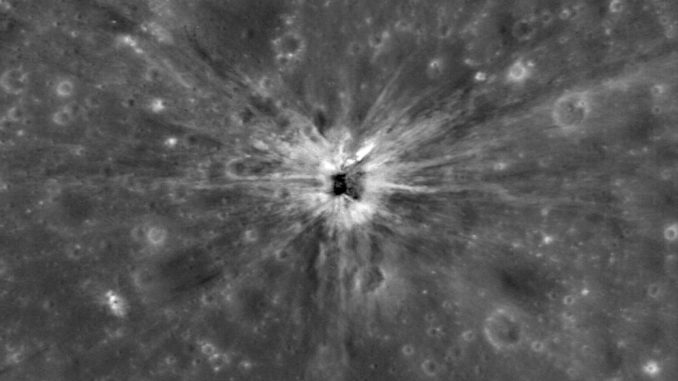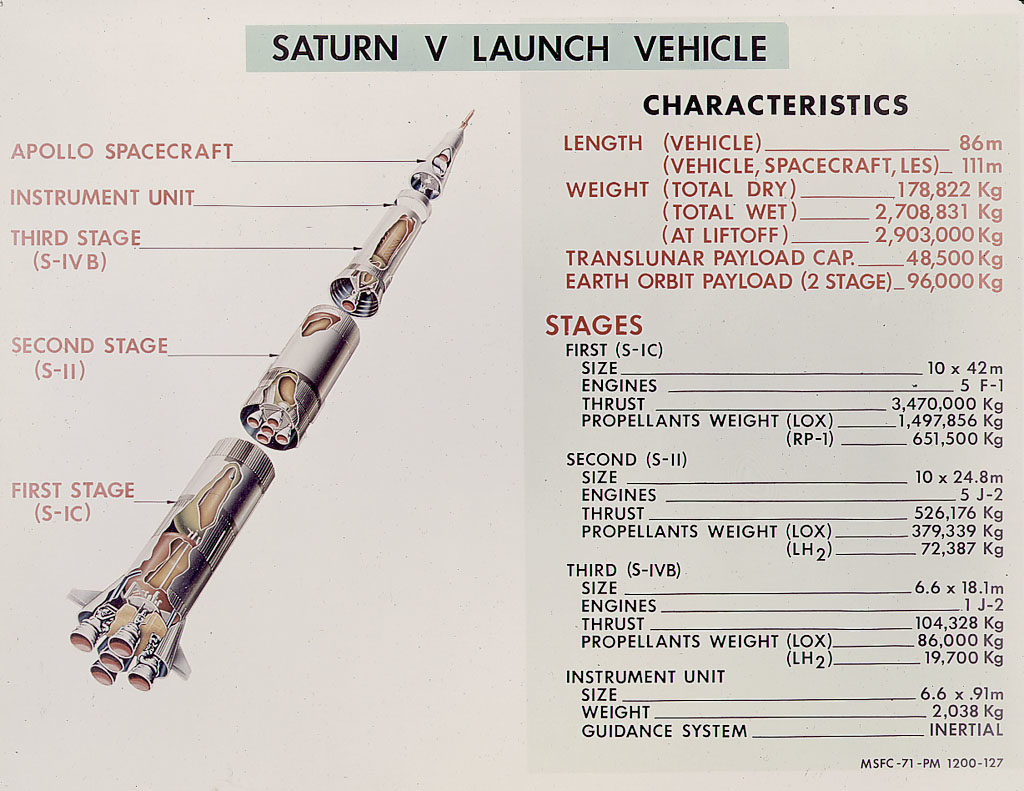
Apollo 13 has been called, “NASA’s most successful failure”. That story has been extensively told in the Apollo 13 (1995) movie, many books, and countless articles. Rarely mentioned is an overlooked aspect to the Apollo 13 mission that was 100% successful.
Appropriately, the science objective of the Apollo program was to study the moon and hopefully find answers to basic questions. Even by the close of the sixties decade, we really didn’t know very much about our natural satellite. The most fundamental questions, such as ‘What is it made of?’ had not been fully answered. To that end, each lunar landing team collected rocks to bring back to Earth for study, as if they were the most valuable minerals known. But scientists wanted to know much more than ‘what is it?’, they wanted to know how it formed and how it was put together.
To answer these fundamental questions, NASA planned to send seismic instruments to the moon for Apollo crews to setup on the lunar surface and leave behind. The data collected would be beamed to Earth for analysis. By recording seismic activity, it was hoped much could be learned about the lunar composition beneath the surface.
Apollo 12 was the first mission to include lunar seismometers, followed by Apollos 14, 15, 16, and 17. You can probably guess why Apollo 13 didn’t participate.
Not content to wait for lunar tremors to occur on their own, NASA decided to strike the moon and make it ring like a bell. For that they’d need a hammer which, it so happens, they already had.
The massive rocket that sent the Apollo astronauts to the moon was the mighty Saturn V (Roman numeral five). The Crew Module (CM), the Service Module (SM), and the Lunar Module (LM or LEM), all sat on top of the Saturn V, which consisted of three stages. The first stage (Saturn 1-C) got the entire vehicle off the launch pad and halfway to space, then dropped off and fell into the Atlantic. The job of the second stage (Saturn II) was to get the remaining stages the rest of the way into space, then it too fell into the ocean.

The third stage (Saturn IVB, or S-IVB, pronounced four-bee) had two jobs (well, three, really). First, it fired its single rocket motor for Earth orbit insertion: in other words it placed Apollo 13 in a stable orbit around the Earth. Second, after less than two orbits, it fired its motor a second time for translunar injection (TLI), which is NASA-speak for getting the vehicle out of Earth orbit and on the correct trajectory for the moon. Once the TLI burn was complete, the Command Service Module (CSM, which is the CM and SM together) detached from the S-IVB, turned around 180° and docked with the LM. The CSM/LM were then ejected from the S-IVB. Both the CSM/LM and S-IVB were now on the way to the moon on near parallel trajectories.
Next, the S-IVB performed a lunar impact maneuver which put the stage on a trajectory to impale itself on the moon. This was its third job. NASA had a hammer, and they called it S-IVB.
After the lunar impact maneuver, less than fourteen hours had elapsed since liftoff (mission elapsed time). You can follow all the mission events documented in the NASA Apollo 13 Timeline.
As a reference point (for context) the explosion that occurred in the SM took place at approximately 055:55:20 mission elapsed time, or 10:08:20pm EST, April 13, 1970. This is when the world first heard, “Houston, we’ve had a problem”. From this point on, the crew were in grave danger and NASA was scrambling to work out a rescue plan.
The S-IVB impacted on the lunar surface at 077:56:40.0 mission elapsed time, which was at 8:09:40pm EST on April 14. Houston informed the crew of the successful hammer blow, to which Jim Lovell, responded “Well, at least something worked on this flight”.
The impact was picked up by the seismometer left by the Apollo 12 crew. The experiment was a success, and would be repeated by Apollo missions 14 through 17.
The seismometers put in place by Apollos 12, 14, 15, 16, and 17, were operational from 1969 until 1977.
Watch Apollo 13 mission videos – three seperate, short videos of the Apollo 13 mission involving the S-IVB.
Question of the night: What NASA program/mission (past, present, or future – manned or unmanned) lights your candle?
